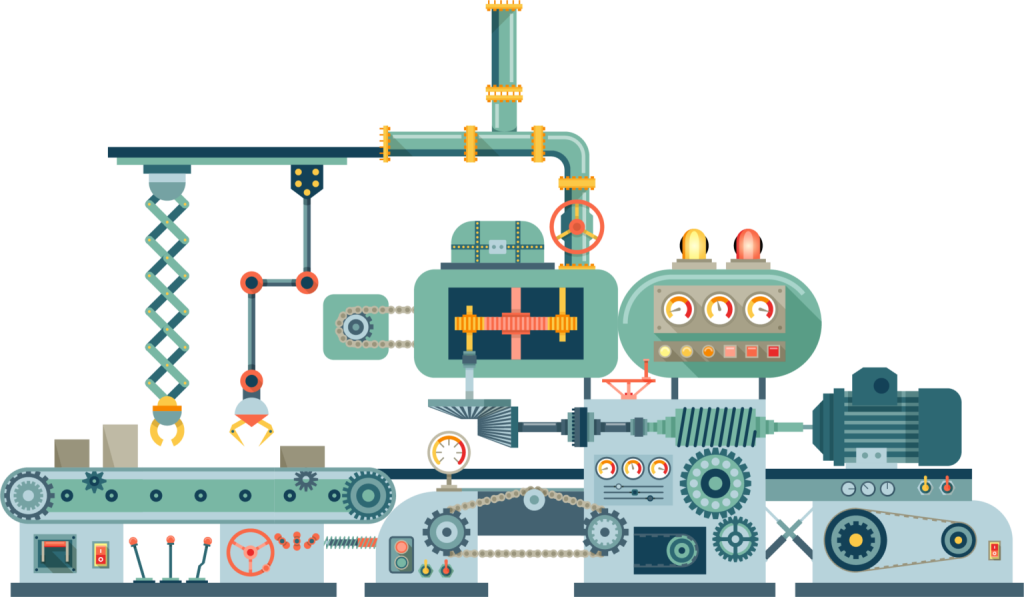Industrial Designs
Industrial Designs refer to an appearance of the article which is appealing to the eye.
Registration of Industrial Designs is quite important as it enables you to establish a monopoly over the design of the product that has a distinct appearance and aesthetics over other products.
It is important to file your designs professionally, even before your product is put into the market. Our experienced professionals will help you in successfully filing, prosecuting and enforcing your designs. We also conduct prior art design searches.

The Industrial Design rights can be registered in India and confers the right on proprietor to exploit, license and sue others for infringement of designs, for a period of 10 years, thereafter an extension can be requested for further 5 years by paying an extension fees in order to enforce the design rights.
In India, designs are governed by the Designs Act, 2000. As per the Act , Design is defines as “design means only the features of shape, configuration, pattern, ornament or composition of lines or colours applied to any article whether in two dimensional or three dimensional or both forms, by any industrial process or means, whether manual, mechanical or chemical, separate or combined, which in the finished article appeal to and are judged solely by the eye, but does not include any mode or principle of construction or anything which is in substance a mere mechanical device, and does not include any trademark or property mark or artistic work.”
Get In Touch
Frequently Asked Questions
We see so many varieties and brands of the same product (e.g., car, television, a piece of furniture, mineral water bottle etc.) in the market, which look quite different from each other. If the products have similar functional features or have comparable price tags, the eye appeal or visual design of a product determines the choice. Even if similarities are not close, a person may decide to go for a more expensive item because that item has a better look or color scheme suiting the person’s taste and choice. What is being said is that the external design or color scheme or ornamentation of a product plays a key role in determining the market acceptability of the product over similar products. Therefore, if you have a good external design that gives you an advantage then you must have a system to protect the features. This protection is provided by the Designs Act, 2000 in India. “Design” means only the features of shape, configuration, pattern, ornament or composition of lines or colors applied to any article whether in two dimensional or three dimensional or in both forms, by any industrial process or means, whether manual, mechanical or chemical, separate or combined, which in the finished article appeal to and are judged solely by the eye; but does not include any mode or principle of construction or anything which is in substance a mere mechanical device. Functional aspects of design are not covered in this Act.
A design which: –
- Is not new or original; or
- Has been disclosed to the public any where in India or in any other country by publication in tangible form or by use in any other way prior to the filing date, or where applicable, the priority date of the application for registration; or
- Is not significantly distinguishable from known designs or combination of known designs; or
- Comprises or contains scandalous or obscene matter, shall not be registered.
The term of a registered design is 15 years. Initially the right is granted for a period of 10 years, which can be extended, by another 5 years by making an application and paying a prescribed fee to the Controller before the expiry of initial 10 years period. The proprietor of design may make application for such extension as soon as the design is registered.
No, design means a conception or suggestion or idea of a shape or pattern, which can be applied to an article or intended to be applied by industrial process or means.
First to file rule is applicable for registrability of design. If two or more applications relating to an identical or a similar design are filed on different dates, the first application will be considered for registration of deign.
Yes, the same applicant can apply again since no publication of the abandoned application is made by the Patent Office, provided the applicant does not publish the said design in the meanwhile.
